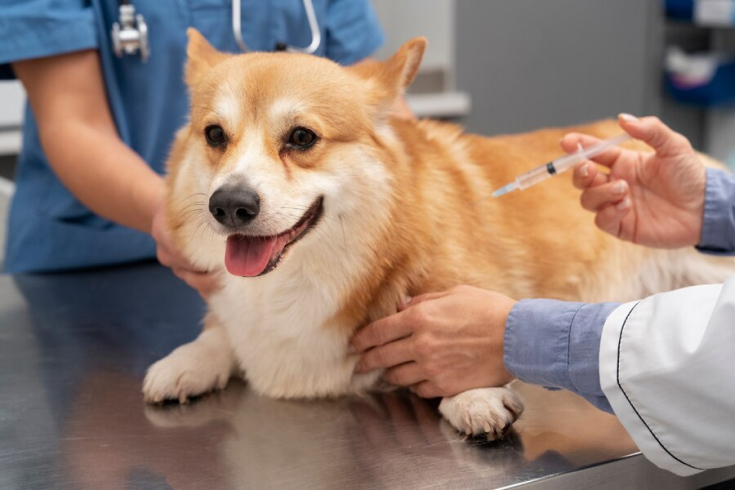Hip Dysplasia
Canine hip dysplasia is a crippling developmental disease of the dog’s hip joint. It is a disease predominantly of large breed dogs but can occur in any breed. The exact cause is unknown but the predisposition to develop hip dysplasia is genetically inherited. Overnutrition and fast growth rates have also been implicated in playing a role in the development of hip dysplasia.
The main abnormality seen in dysplastic hips is joint laxity between the hip socket and the ball at the top of the femur. This joint laxity ultimately results in degenerative joint disease (arthritis) which causes significant pain and lameness.
Ways to reduce the risk of hip dysplasia include:
- Buy dogs only from reputable breeders who preferably have their breeding stock ‘hip scored’ by the PennHip method.
- Feed your puppy on a good quality complete puppy food specific for the size of dog (ie large breed puppy formulae for large breed dogs).
- Feed your puppy (and also adult dog) the appropriate amount to maintain them in ideal lean body condition, avoiding the unnecessary burden of carrying around extra weight.
- Avoid over-exercising whilst your puppy is still growing.
If your dog already has hip dysplasia we can help you manage the situation by following the general guidelines for management of arthritis.
